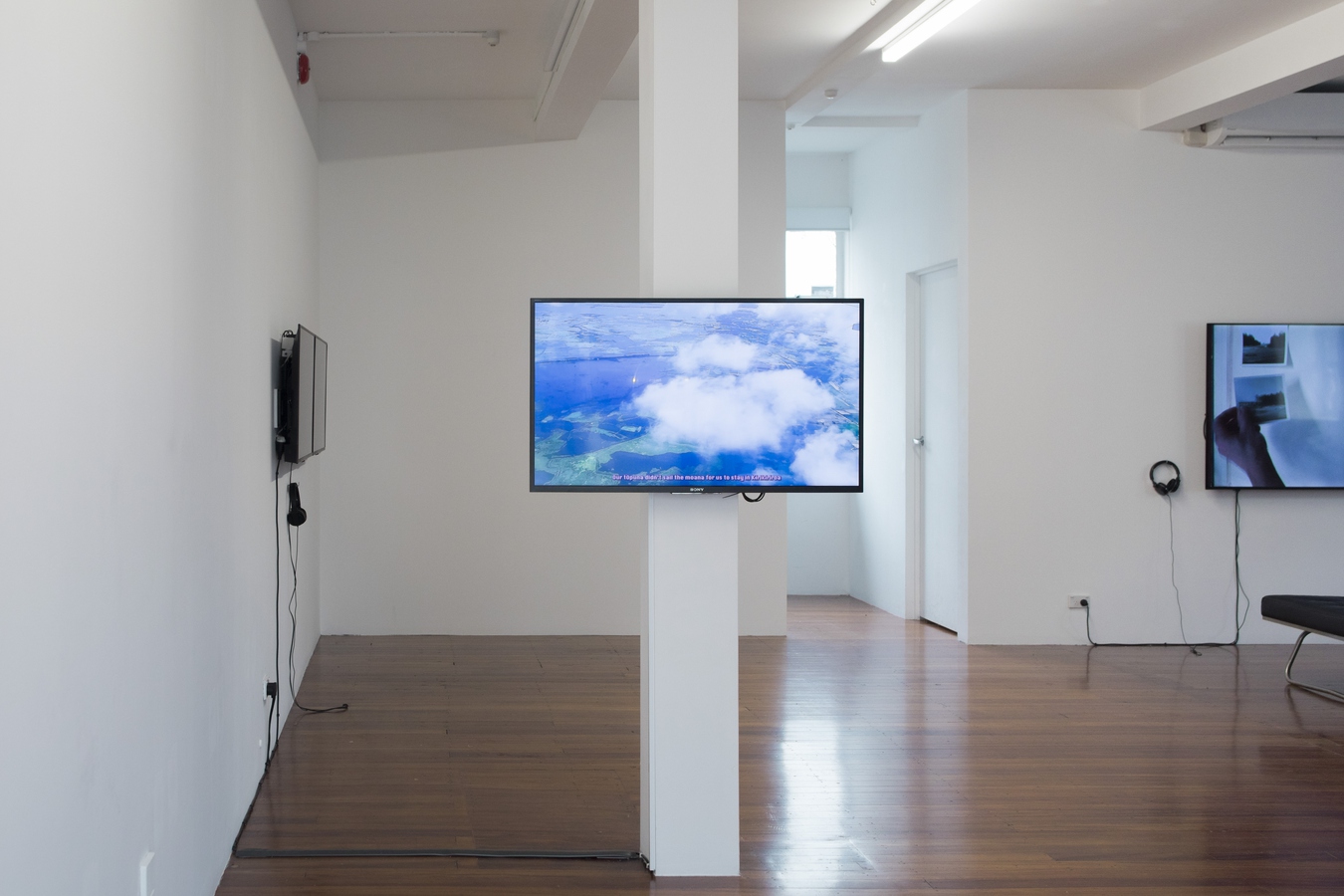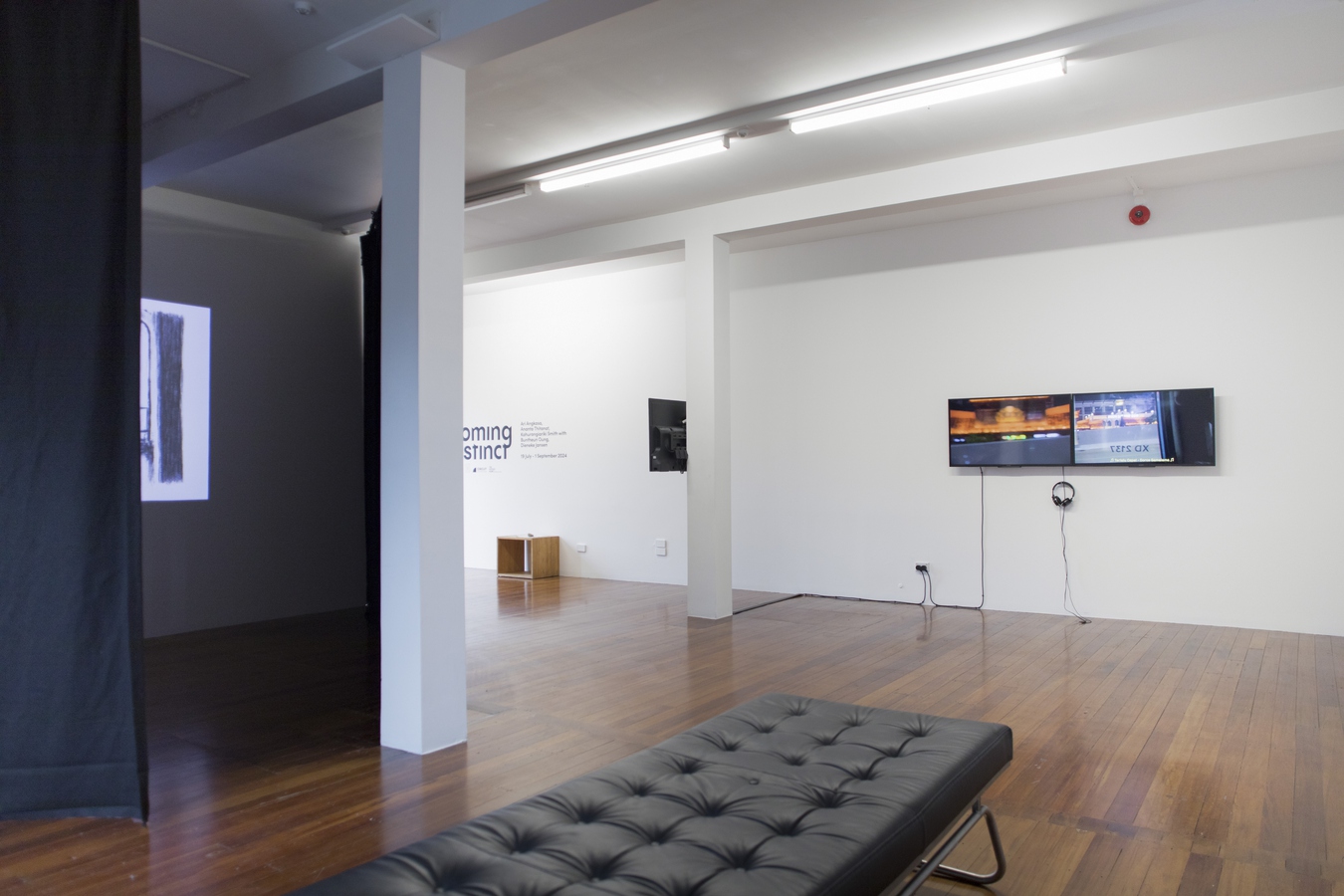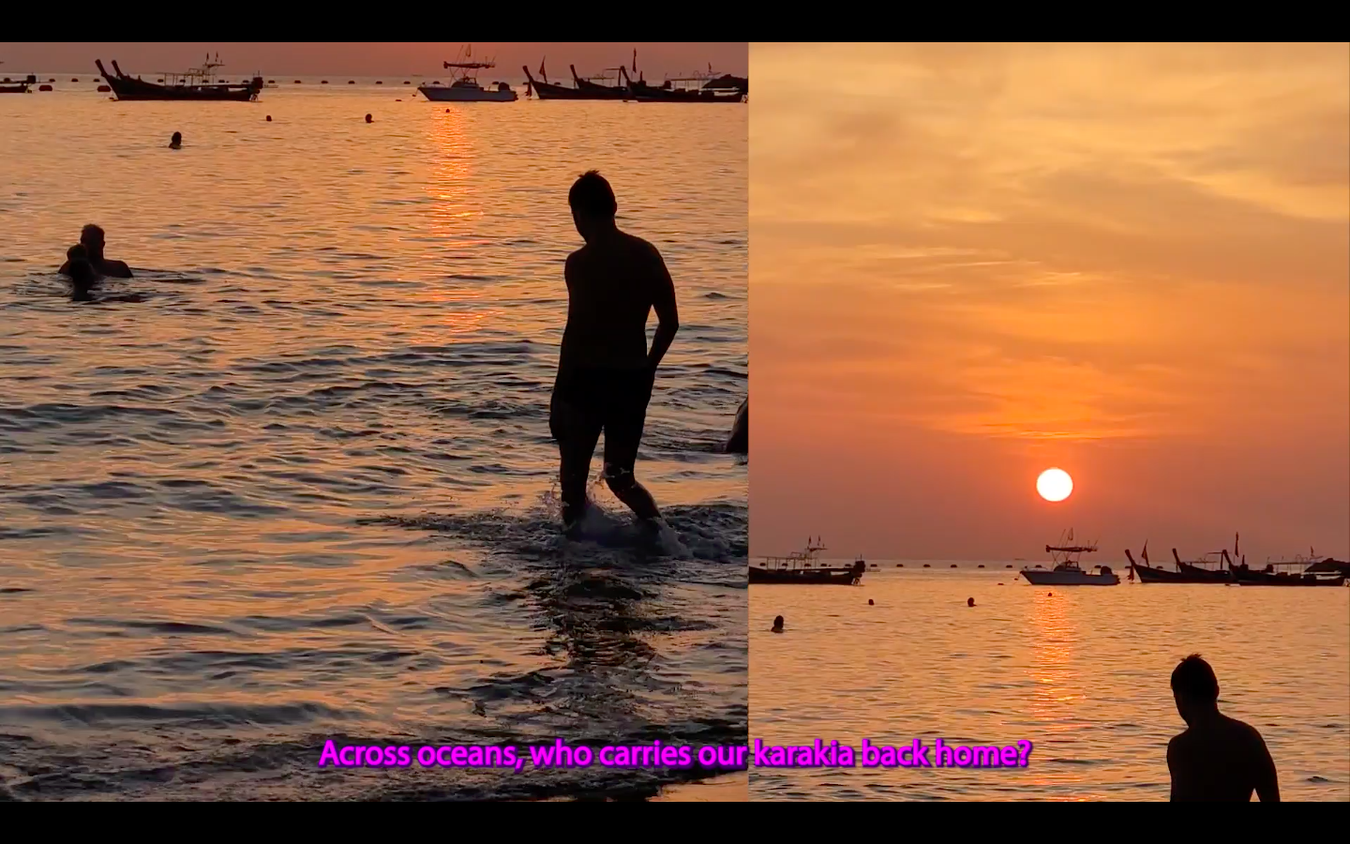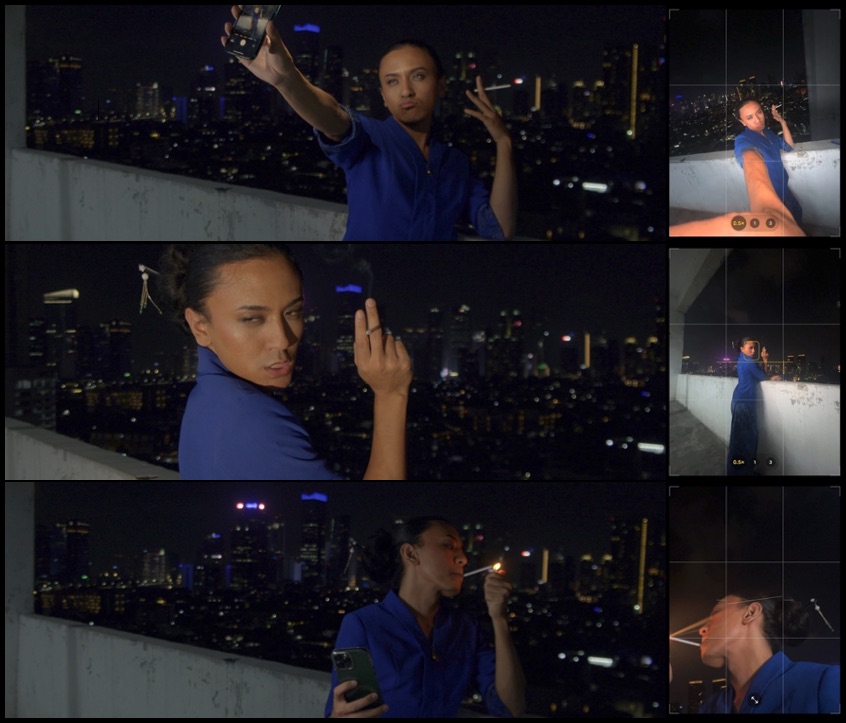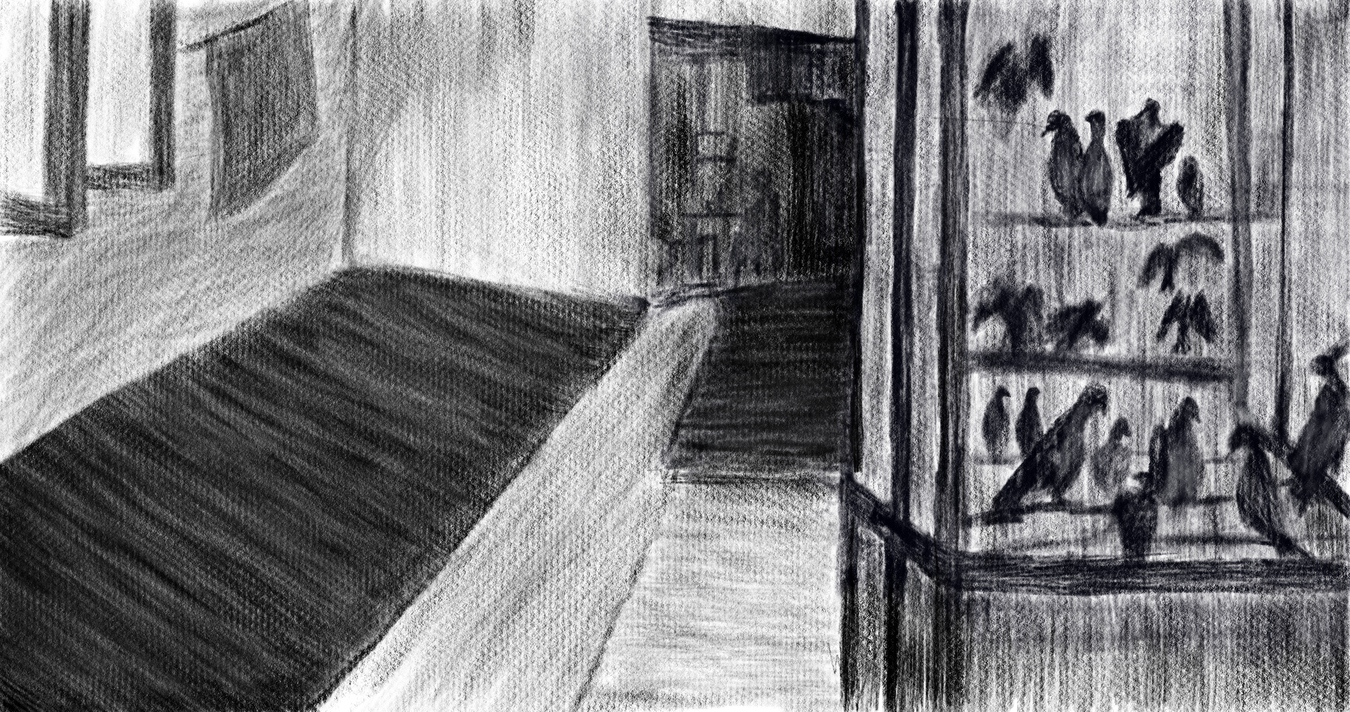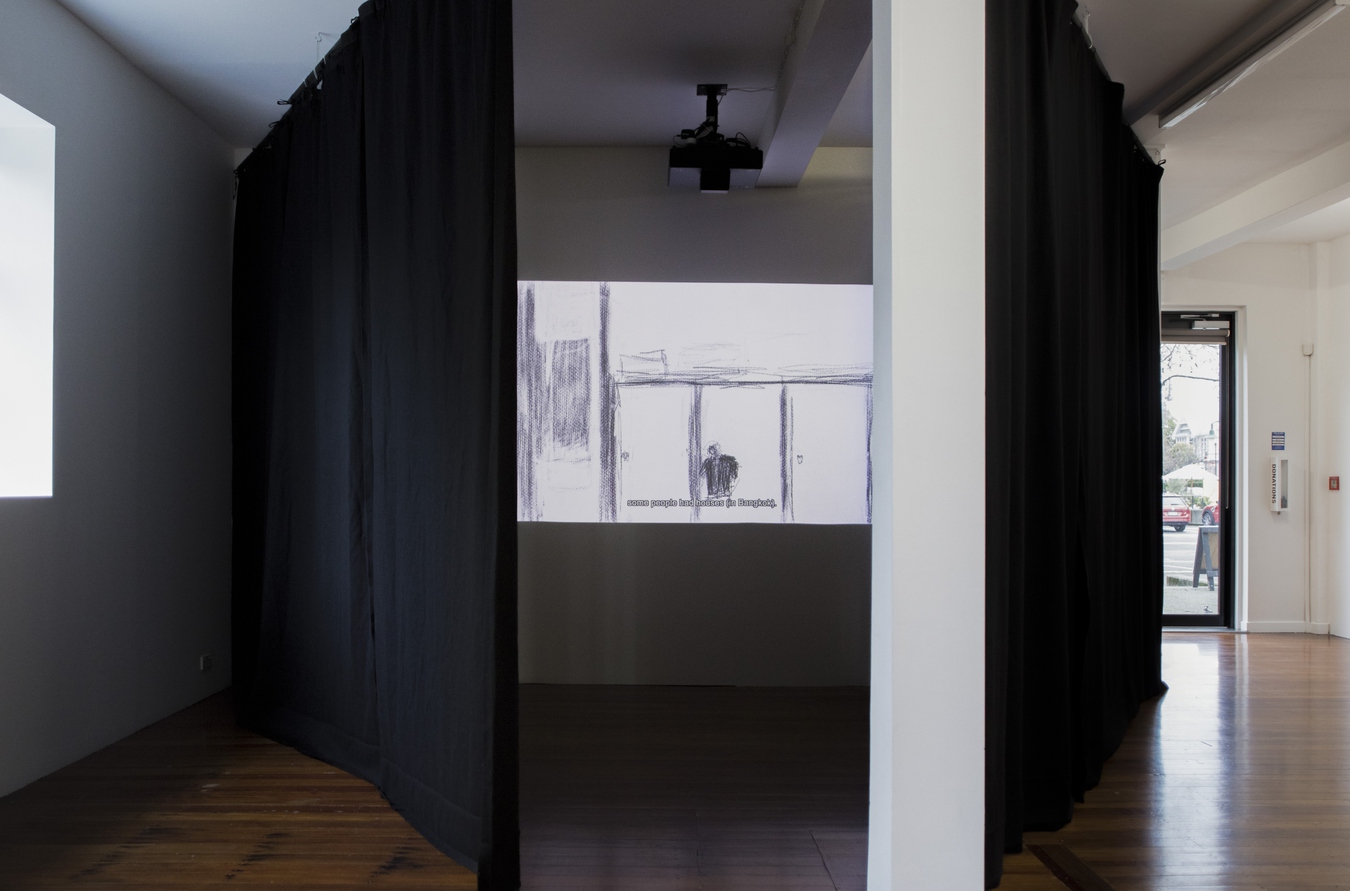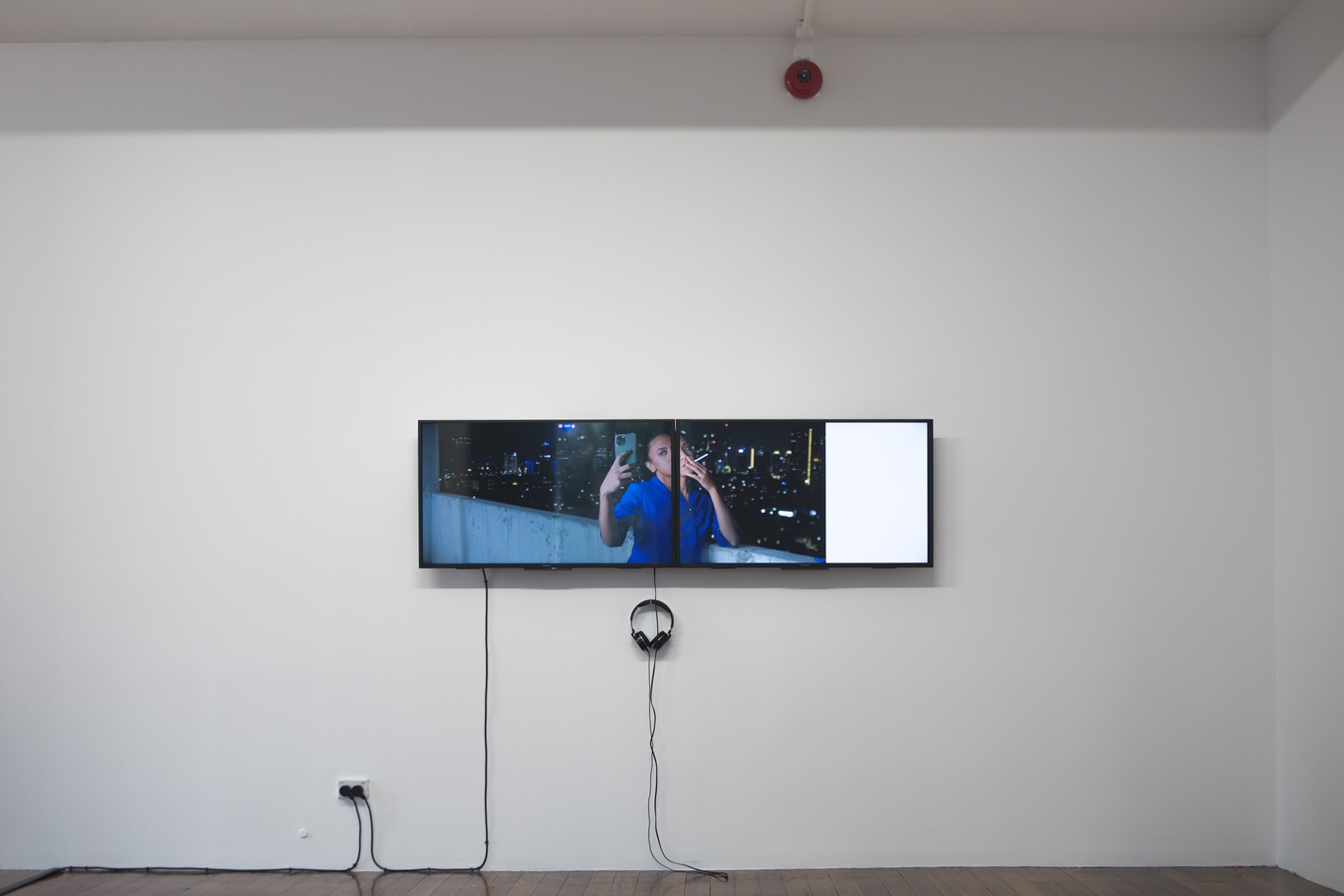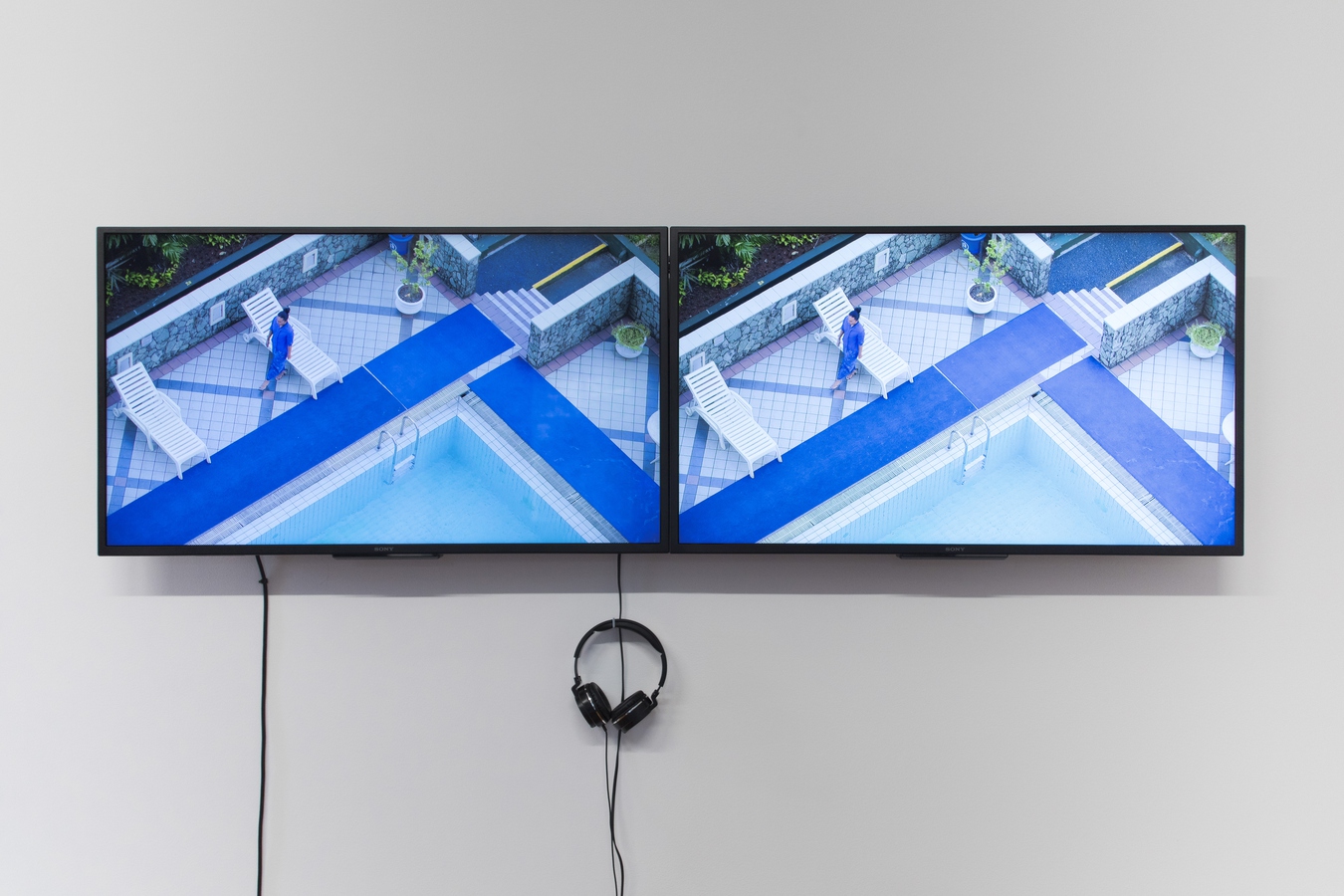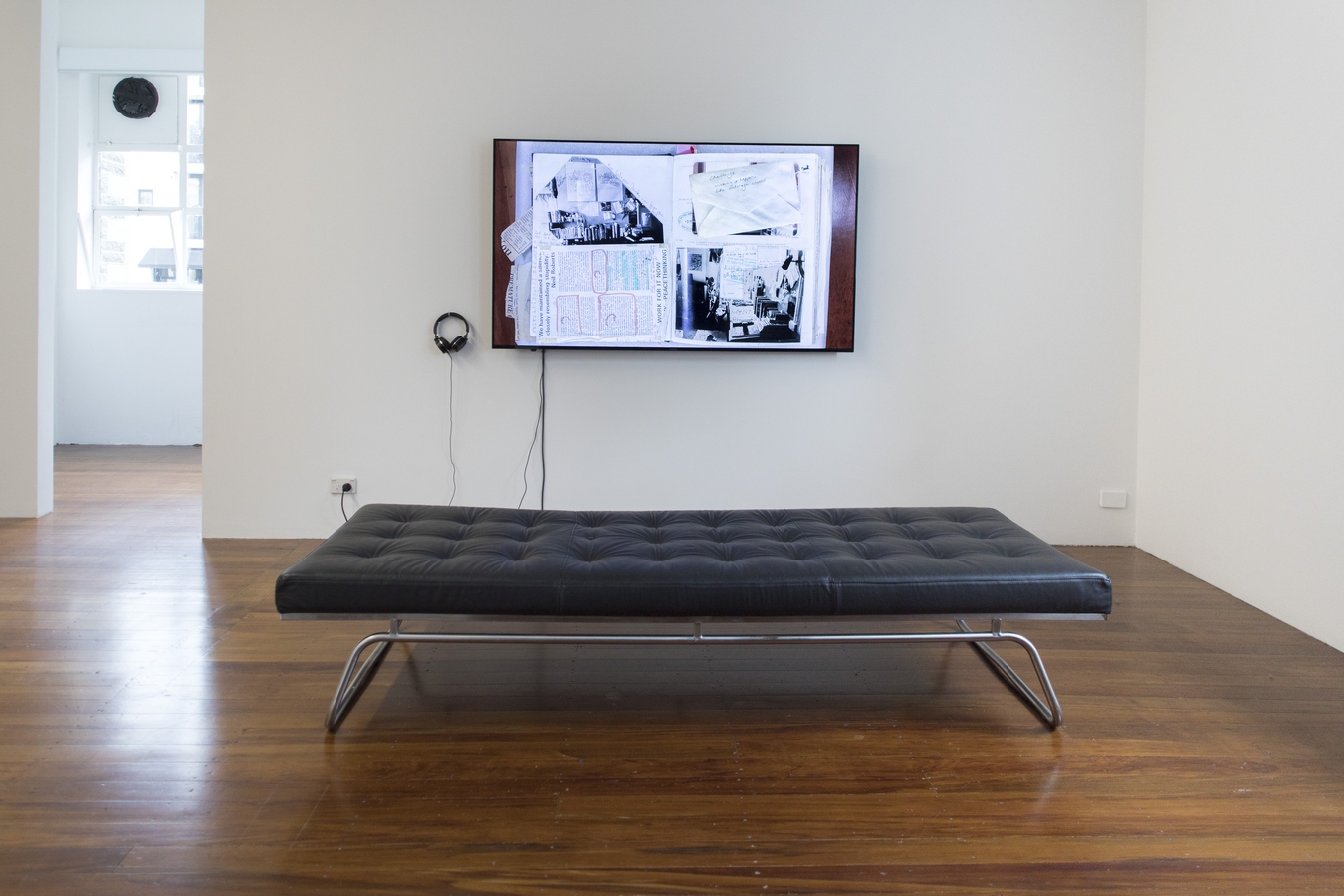Ananta Thitanat, Ari Angkasa, Kahurangiariki Smith with Buntheun Oung, Dieneke Jansen
Homing Instinct
19 Jul — 01 Sep 2024
Whakatau and exhibition opening: Friday 19 July, 5:30pm
Exhibition runs: 19 July – 1 September 2024
Homing Instinct began with a conversation around housing inequalities in Aotearoa. It evolved into an exhibition project with three new moving image commissions by Ari Angkasa, Ananta Thitanat, and Kahurangiariki Smith with Buntheun Oung. These are accompanied by an existing work by Dieneke Jansen. Collectively, the intention of Homing Instinct is to hold a metaphorical prism in front of ideas we may have about housing, home and belonging, and in so doing, generate more expansive conversations about identity and its connections to place.
That initial conversation was sparked by watching Dieneke Jansen’s This Housing Thing (2021), a video which documents all of the houses Jansen has lived in, with commentary by the artist reflecting on conditions of inherited privilege, and the shifting political contexts in which her experience of housing is embedded. For Jansen, the right to housing and the history of social housing in Aotearoa has been the long-term impetus for her art practice, with projects typically unfolding in collaboration and often outside of traditional gallery spaces. Our conversation shifted from the pragmatic implications of housing-as-protection to the way artists have responded to concepts of home and belonging, including ideas of displacement, diasporic identity, whakapapa and return. Here in Aotearoa, where the reality of access to housing is increasingly fraught, the necessity of addressing these things—shelter, home, and belonging—as inextricably connected is pressing.
Kahurangiariki Smith’s work Mā te Moana (2024) sits at the threshold of the exhibition space. A descendant of Te Arawa waka, Kahurangiariki has spent recent months learning about intersecting genealogical connections to the outer islands of Kuki ‘Āirani. Living in Rarotonga within swimming distance of where many ancestral waka departed for Aotearoa, she has been looking out to the same horizon and waters as her ancestors did. This narrative sits alongside the words of Buntheun Oung, who speaks of returning to his homeland of Cambodia. Film photographs documenting Buntheun’s journey are juxtaposed with phone footage and animated chrome-coloured kaperua and takarangi forms. Sounds of waves crashing and karaoke nights with the aunties track Kahurangi and Buntheun’s travel between Rarotonga and Cambodia. As the tides arrive and retreat, Mā te Moana is also a response to forces of push and pull.
Quantum Leap (2024) is made in collaboration between artist Ari Angkasa and her sister and filmmaker Serena Arsletta. A satirical remake of an airline safety video, the two-channel video combines Angkasa's video collage and performance art practice in a film addressing the aviation industry's role as an arm of the state in global politics. Using archival footage from the European Union’s ban on all Indonesian airlines in 2005 and the series of aviation scandals plaguing Indonesia preceding it, along with family archives on VHS, Quantum Leap sees Angkasa perform the unreliable narrator embodied in a flight attendant. With her hair in a French twist and a classic kebaya uniform cinching her waist, the artist splits into two characters who speak different languages. Moving in and out of linear narrative, synchronisation and image resolution, the work seeks to make sense of queerness, what it means to belong, and transitional dysphoria in the context of diaspora.
In Siam (2024) Ananta Thitanat asks her father about the stories behind the Siam Cinema, a commercial movie theatre located in central Bangkok which was their home for much of the filmmaker’s childhood. The cinema was destroyed by fire during an anti-government Red Shirt protest in 2010. Seeking to recall and consolidate fragmented memories of her destroyed home, the filmmaker creates a series of restless drawings;on the soundtrack, we hear her father’s recollections of their time spent living together at the theatre and his co-workers' lives also revolved around the Siam.
Developed in partnership with Circuit (Te Whanganui-a-Tara), Composite (Naarm) and Storage (Bangkok), Homing Instinct will be shown at each of the sites of its three new commissions. As such the work also shifts through states of belonging and meeting for the first time; hosting and being hosted; being located and being in transit. Selected from an open call by each of the commissioning organisations, these works each take a distinct perspective, yet the currents of identity and diaspora and reflections on family histories form points of convergence. These works have been developed with an awareness that they will move across different cultural contexts, yet arguably they each deploy strategic acts of resistance to easy consumption. The works rely on translation, nonlinear narrative logic or multiple temporalities, and as such they disrupt any expectation of seamless transition between contexts.
Homing Instinct is intended to hold space for specific embodied, spiritual and familial realities within a wider discussion of what it is to be at home. This is the first showing of the works, and opens concurrently with their presentation at Enjoy Gallery in Te Whanganui-a-Tara. It is our hope that as the project moves across its different sites it will accrue its own relationships, and bring old stories home.
-------------
Ari Angkasa is an emerging artist based in Naarm (Melbourne). Ari’s work considers the liminal voids she inhabits in transitioning and in diaspora as time-less sites of release, wherein she bends formal conventions of performance and film to the unpredictable stasis of 'island time'. Through a conscious framing of the body as cinematic medium, Ari’s practice tracks the legacy of cultural neo-imperialism, global soft power politics and its tangential impact on the body.
Ananta Thitanat is a self-taught filmmaker and photographer with over 12 years of experience in documentary making. Ananta was born in Bangkok, Thailand and raised by a worker at Siam cinema. Ananta has participated in international forums and workshops including Docs By The Sea in Indonesia, and Yamagata Documentary Dojo in Japan. She gained recognition for her debut feature documentary, Scala (2022), which was selected for multiple international film festivals and received critical acclaim. Scala premiered at the 72nd Berlin Film Festival's Forum section, and went on to screen at international film festivals including the International Documentary Film Festival Amsterdam, World Film Festival of Bangkok, and Hot Docs.
He uri nō ngā tūpuna i heke mai ai i runga i ngā waka o Te Arawa, o Tainui, o Mataatua, o Takitimu, o Horouta hoki, Kahurangiariki Smith is a Māori artist living in Aotearoa New Zealand. In recent years Kahurangiariki has been collaborating with her māmā, Dr Aroha Yates-Smith, a leading academic on the ancient Māori feminine. Kahurangiariki’s work explores her mother’s research and the many personifications of atua wāhine (Māori goddesses). She works to manifest these atua wāhine into a physical form, locating them in the present and in our futures. Sometimes playful, sometimes cheeky, Kahurangiariki’s work explores a range of media such as moving image, karaoke, 3D rendering, video games, neon and writing. For this commission Kahurangi worked in conversation with artist and friend Buntheun Oung.
Buntheun Oung is a Khmer designer and tattoo artist. Living between Cambodia and Aotearoa, his practice pays homage to his whakapapa of South East Asia. Through tattooing he reaches back to ancient deities and motifs, as a medium to reconnect to the ancient past.
Dieneke Jansen is an artist based Tāmaki Makaurau Auckland, who works with lens-based documentary and social practice. Jansen's practice engages with tensions between site-responsive interventions, performative actions and lens-based documentary practices, and works with community to productively challenge inequality. Projects such as Dwelling on the Stoep, Jakarta Biennale, 2015, and Te Wai Ngutu Kākā Gallery (then St Paul St Gallery), Tāmaki Makaurau, 2016; working with the Tāmaki Housing Group on exhibitions G.I. Areas A & B, 2015, and 90 DAYS+, 2018, Te Tuhi, Pakuranga), and Backdoor Doorbell Studio, Artspace Aotearoa, Tāmaki Makaurau, 2022, inform her current work, which focuses on the social dimensions of lens-based practice with inner-city residents in Tāmaki Makuarau.

